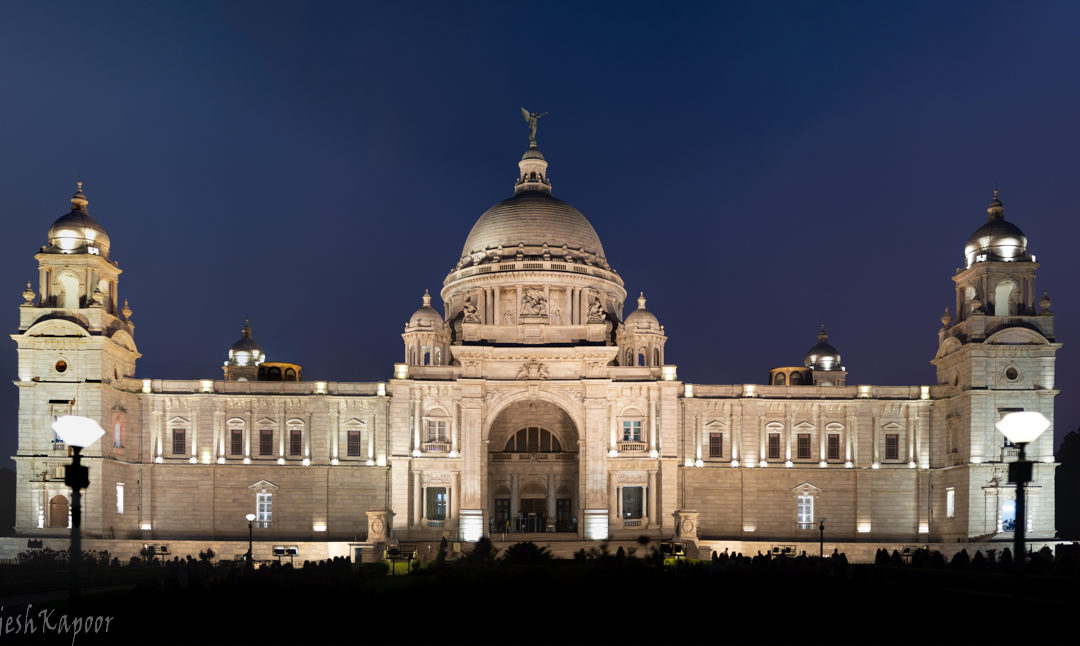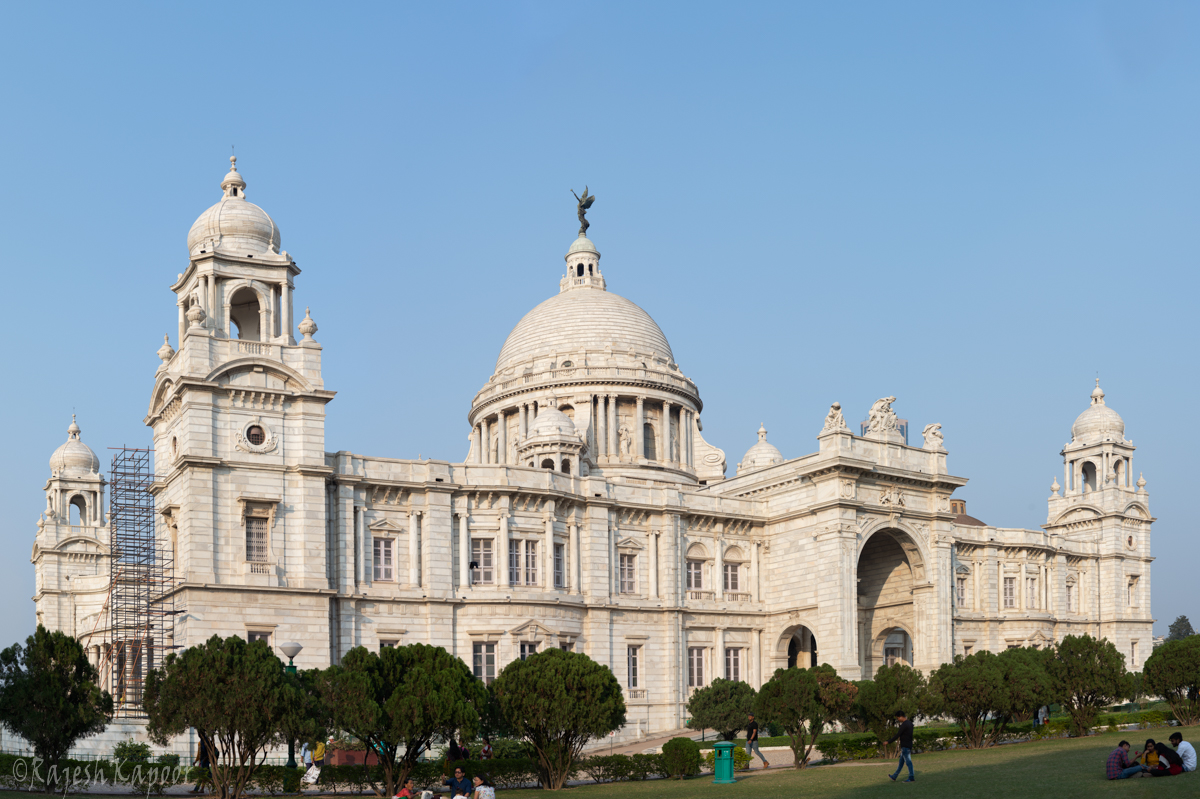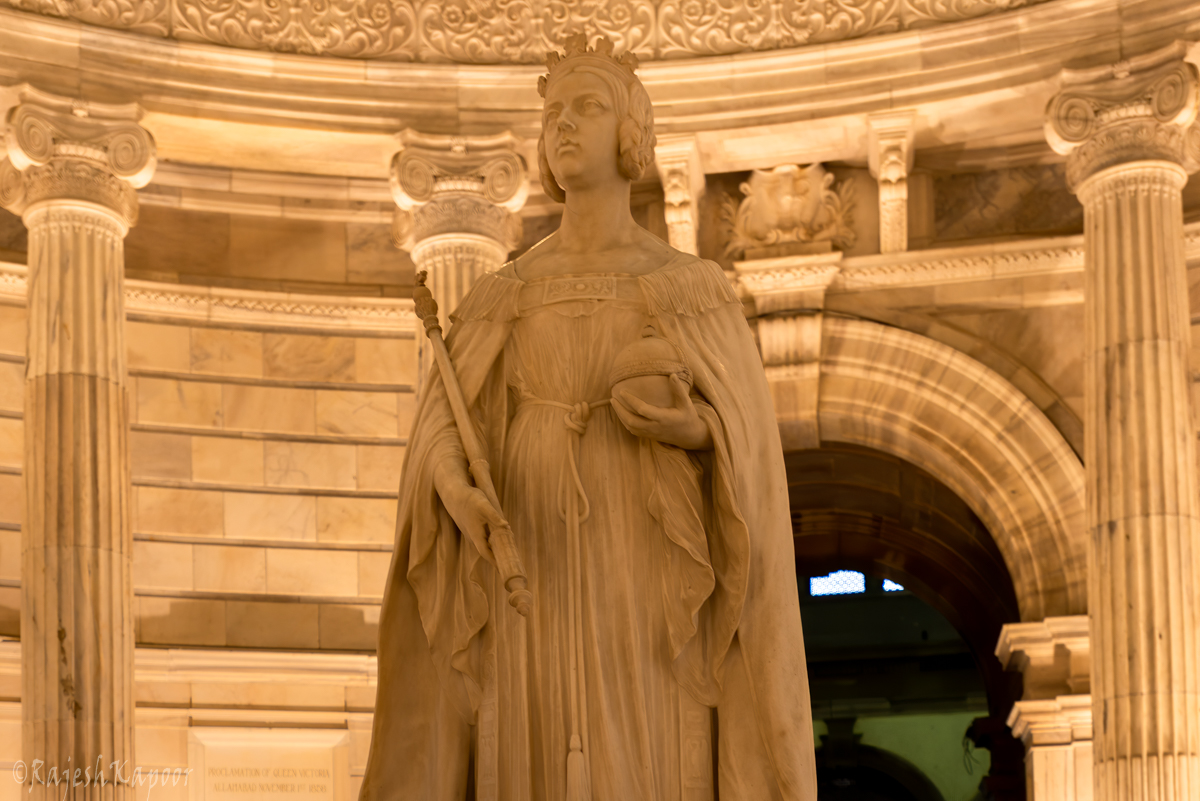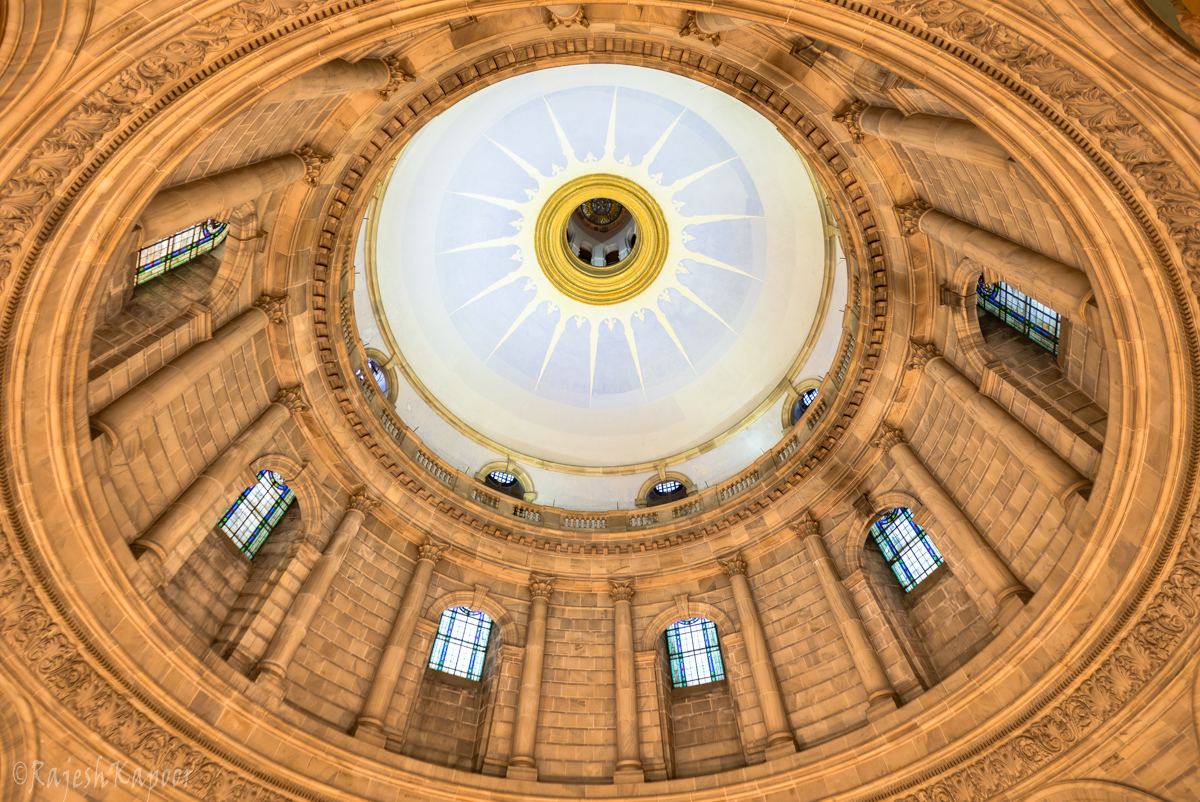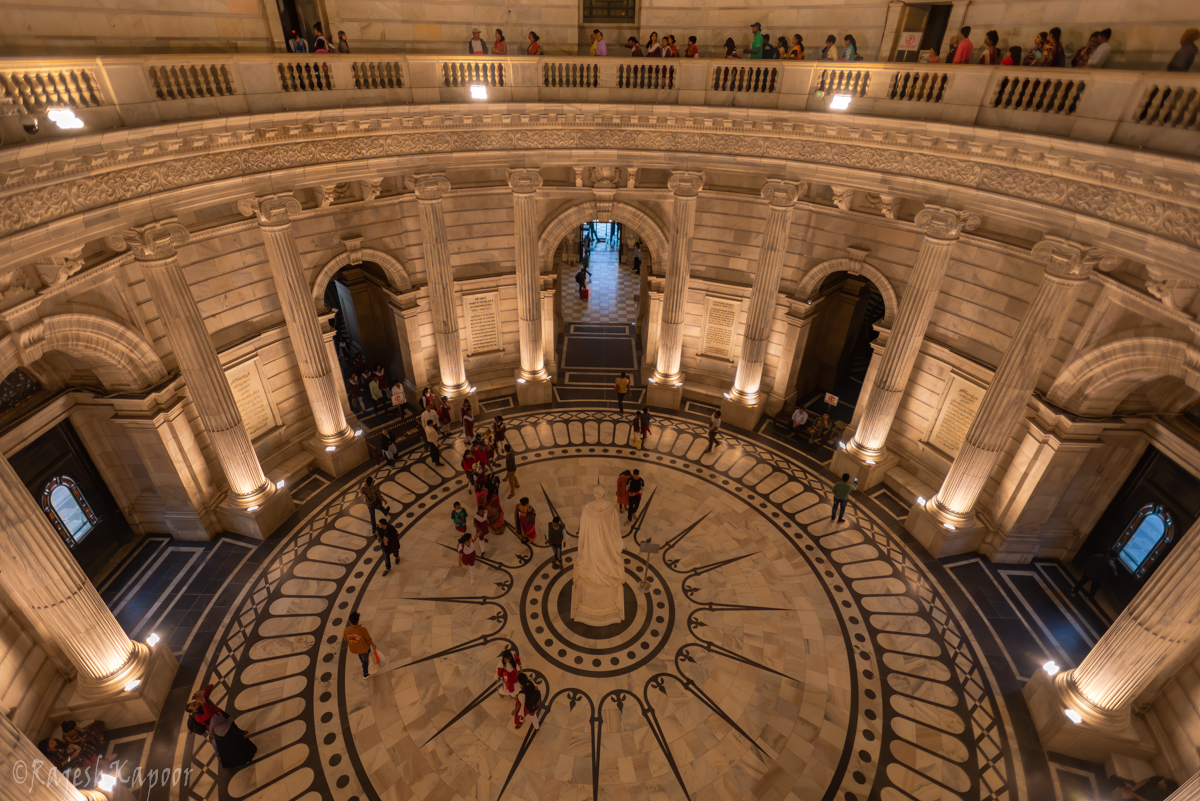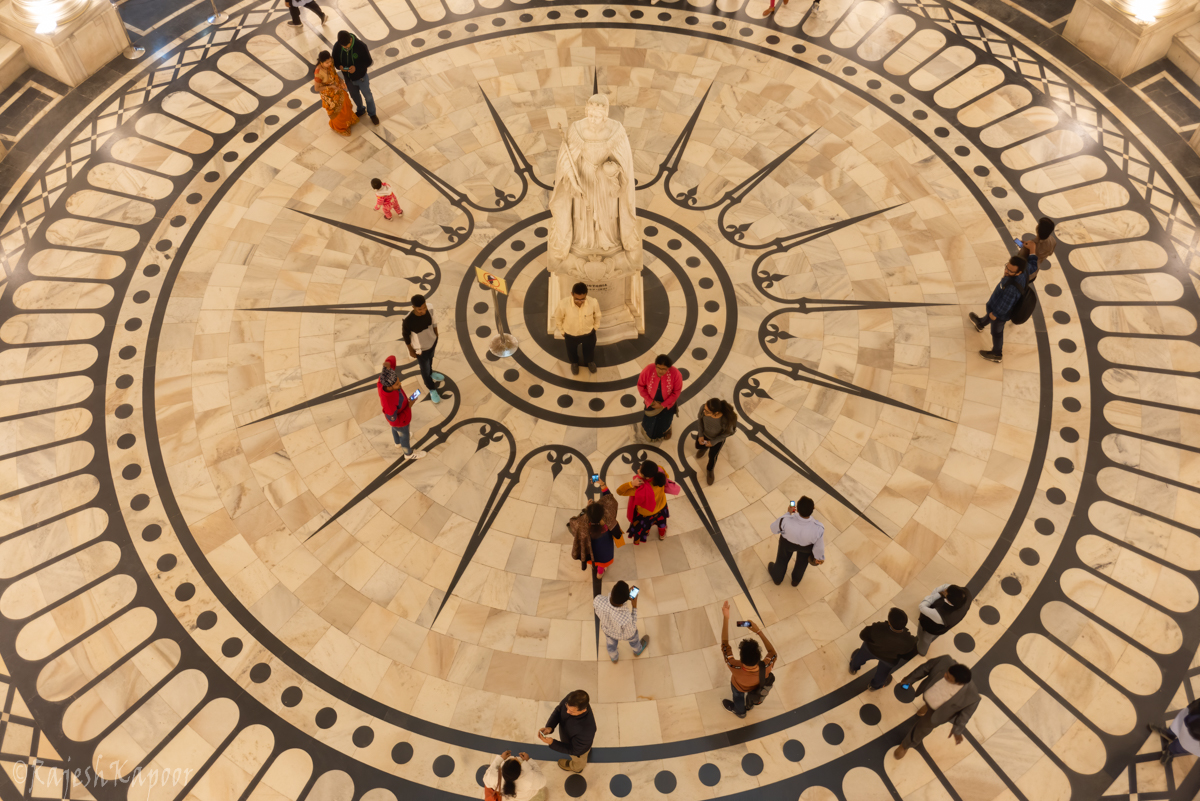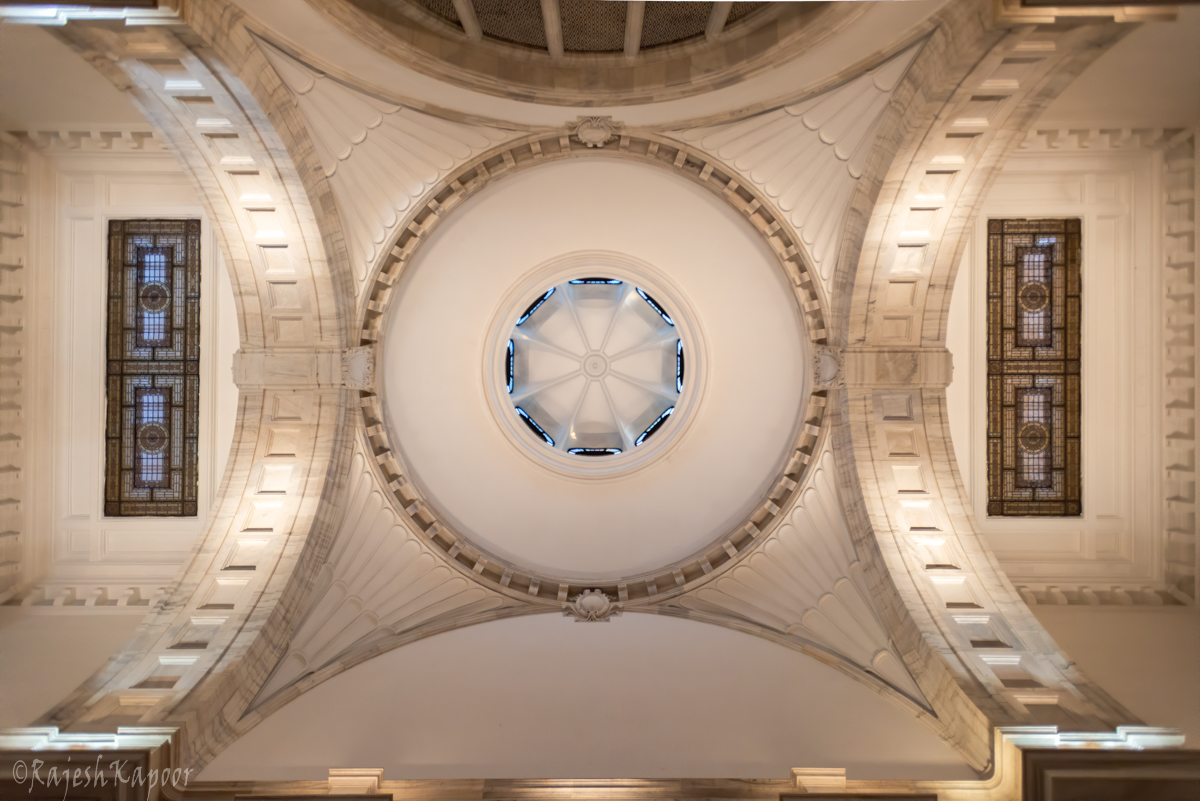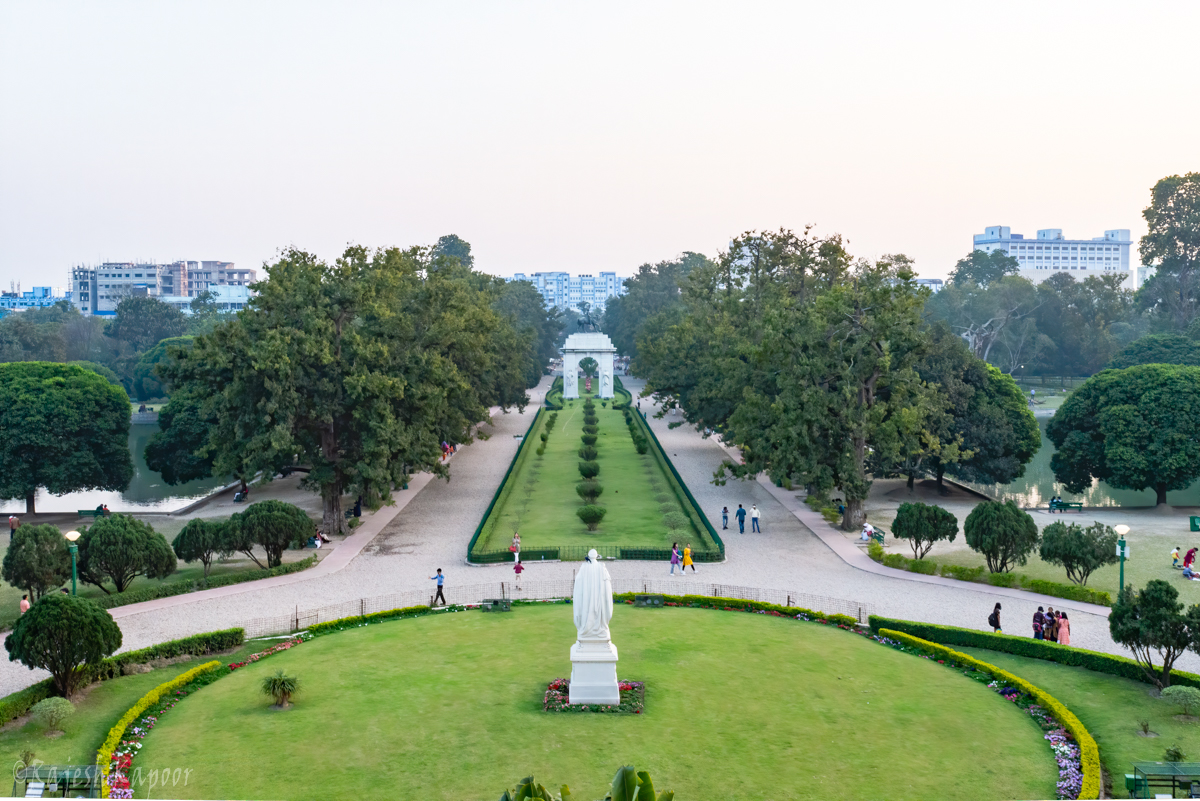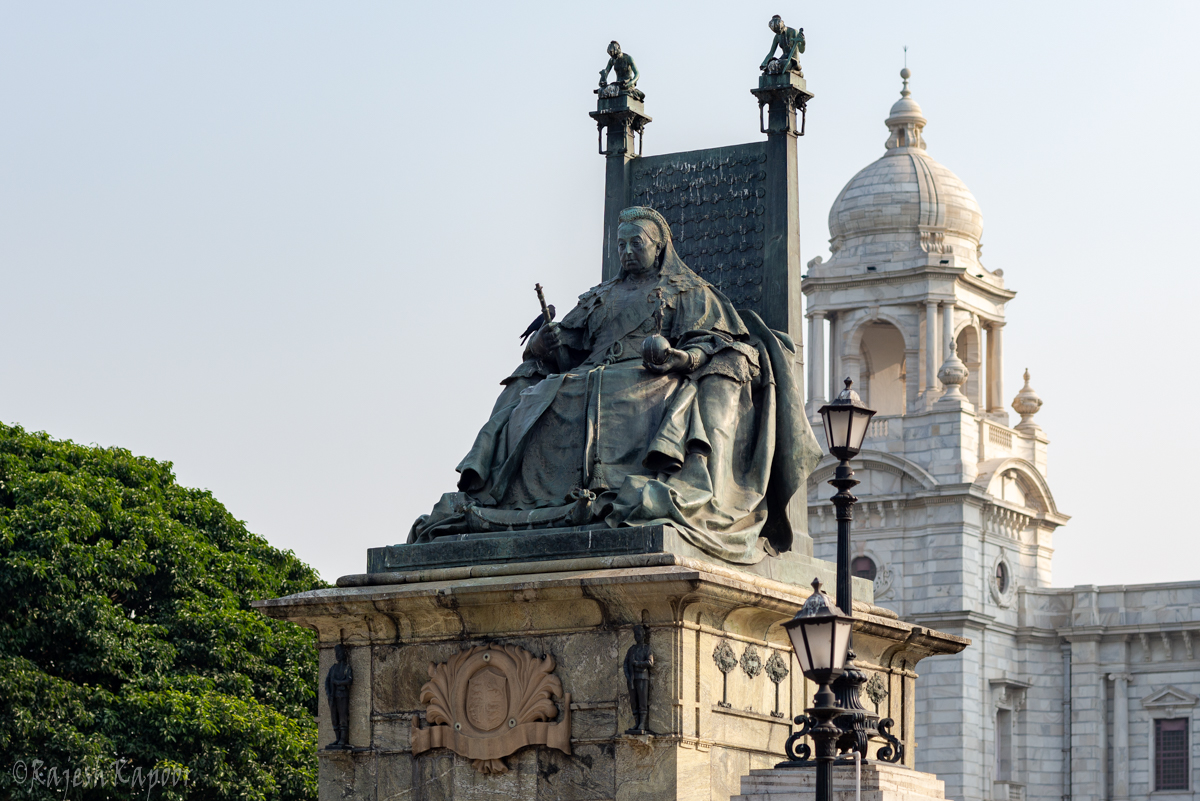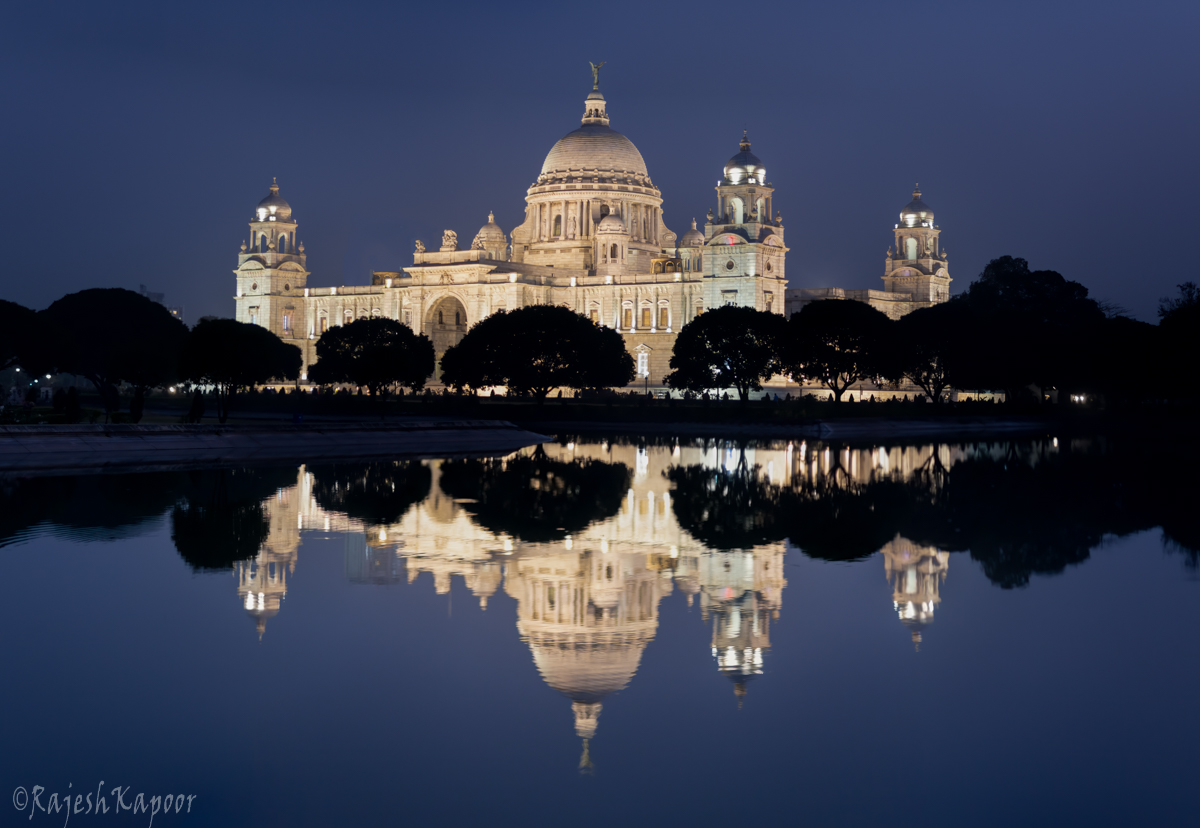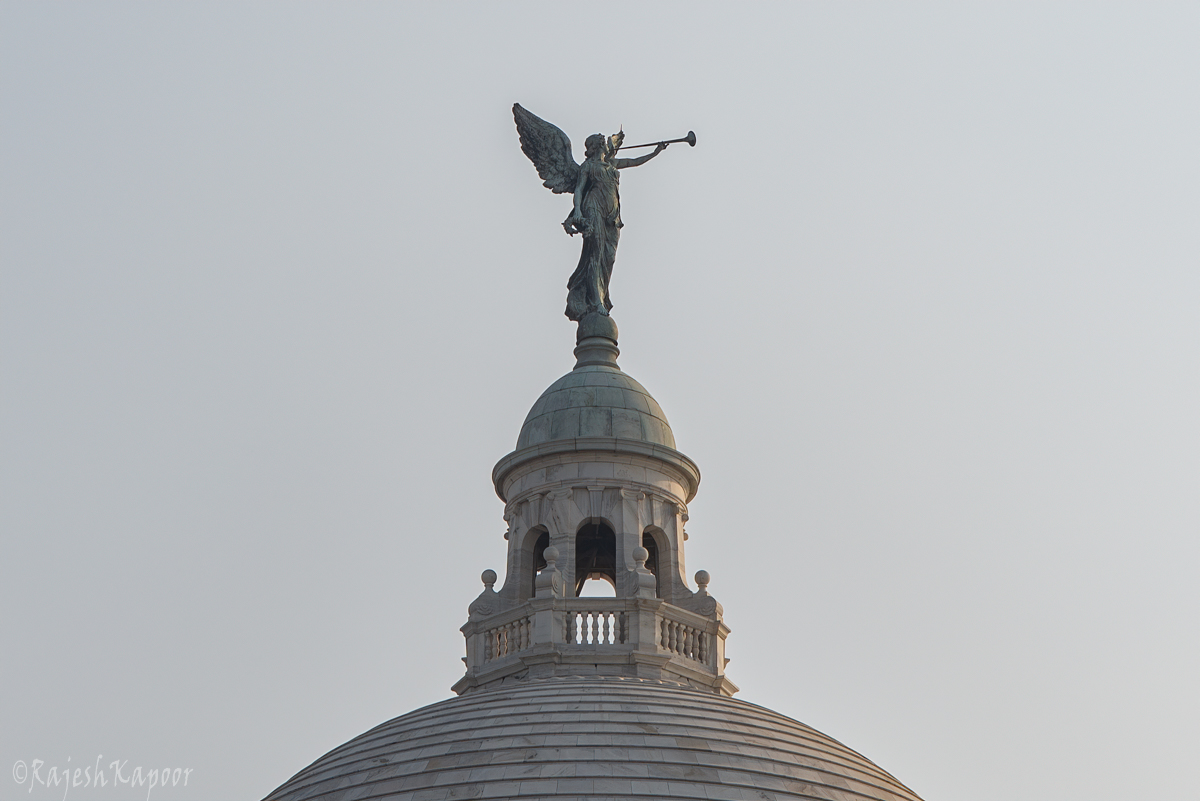If there is one building I would rate as the most magnificent in India, after the Taj Mahal that is, it is the Victoria Memorial Hall in Kolkata. And it comes as no surprise that it is made of the same Makrana marble as the Taj Mahal. It transpires (and here I quote the VMH itself) that “even though Curzon had employed British architects to build the memorial, it necessarily reflected not only a classical style but also a reflection of Curzon’s favourite monument the Taj Mahal”. Laid out in a vast complex full of beautiful gardens and water features, it is a sight to behold. It is an iconic building constructed to commemorate British Queen Victoria, after she passed away.
Lord Curzon, then Viceroy of British India, decided to construct a befitting memorial to British Queen to serve primarily as a monument to her. But it was setup to be more than just a memorial. Curzon desired it to be a national gallery, or a museum, as an ode to the British Empire. In his words – “a standing record of our wonderful history”.
William Emerson, who had designed the Crawford Market in Bombay, was selected as the principal architect for the project and he was assisted by Vincent Esch. The architectural design of the building is primarily Italian renaissance style. While the external façade of the building is magnificent, its interior is even more breathtaking.
In 1901, an appeal was issued for funds and most of funds were donated by the princes of various Indian states. The total cost of construction amounting to one crore, five lakhs of rupees, was entirely provided from their voluntary subscriptions.
Lord Curzon left India before the actual construction of the monument could begin. King George V, the then Prince of Wales, laid the foundation stone on January 4, 1906. However, the work moved at a slow pace probably because it had lost some of the enthusiasm of Lord Curzon. The actual construction began only in 1910. It took 11 years for the construction to be completed and it was finally opened to the public in 1921. However, by that time, the capital of British India had already moved from Calcutta to New Delhi and the monument lost some of its glory, in a way.
The complex also has extensive and well laid out gardens spread over some 57 acres. They incorporate a number of well-designed water bodies too. A large number of statues from those of Queen Victoria, King Edward VII, Lord Curzon and a number of other prominent British Governor-Generals and other prominent people, are housed all over the complex, both within and outside the museum building.
While the museum houses a number of important paintings, manuscripts and artefacts, the pièce de résistance is the building itself.
PS: Click on the slider to enlarge photographs. Swipe left/right to move across.

